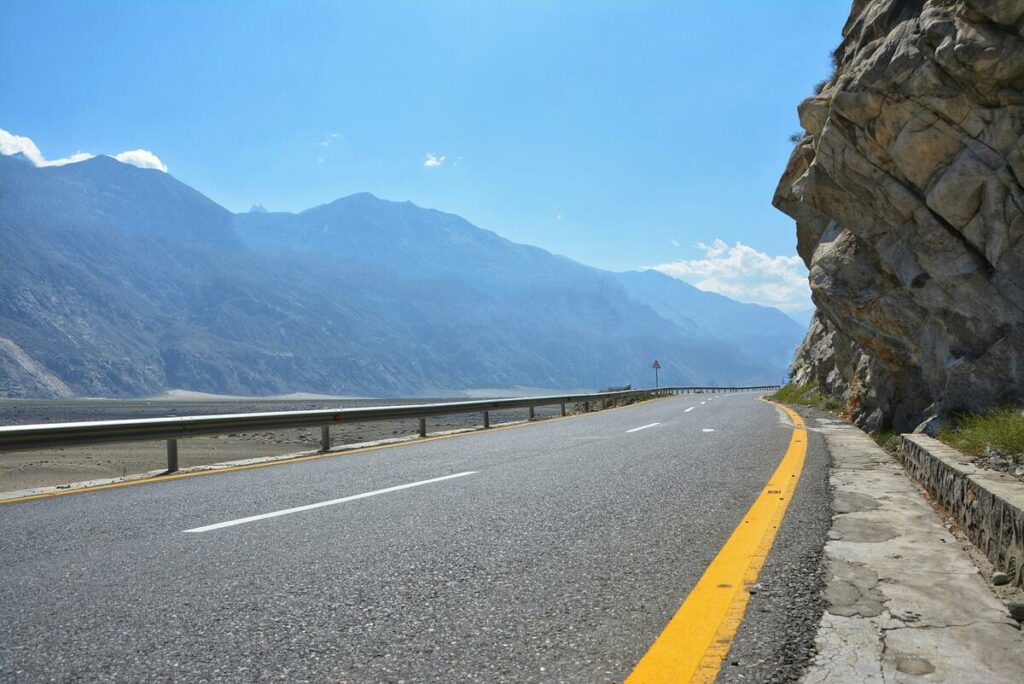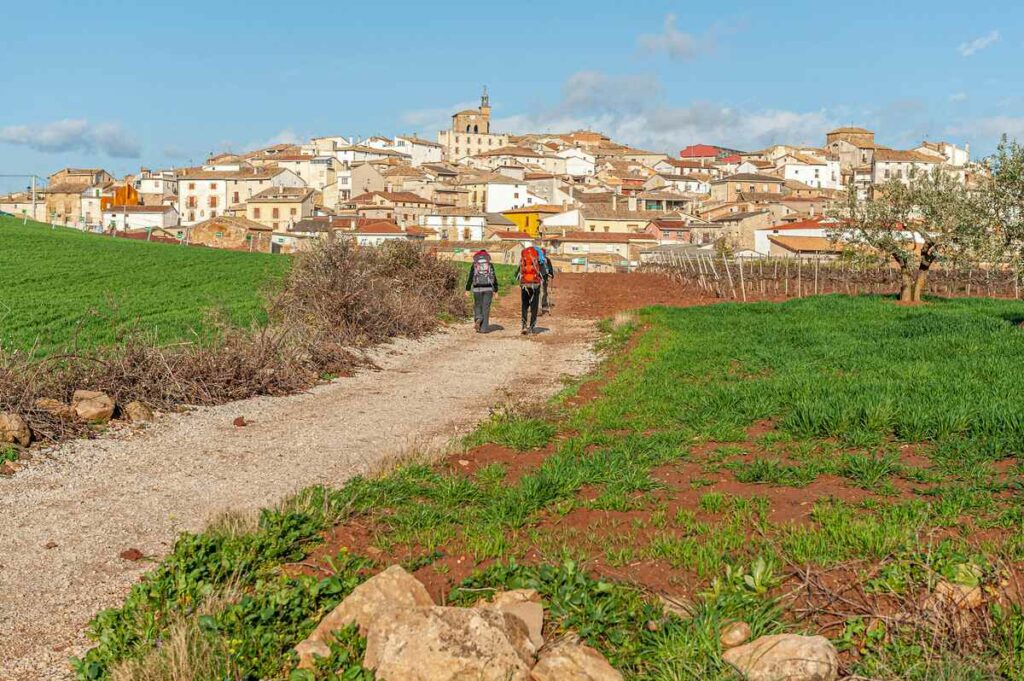Retracing historical routes allows us to step into the past and experience the echoes of civilizations that have shaped our world. From the bustling trade paths of the Silk Road to the spiritual pilgrimage of the Camino de Santiago and the iconic Americana of Route 66, these routes offer not just a journey through space, but also through time. Let’s embark on a journey along these three legendary routes, exploring their historical significance, notable landmarks, and the personal experiences that make them unforgettable.
The Silk Road

The Silk Road, an ancient network of trade routes, connected the East and West for centuries, facilitating the exchange of goods, culture, and ideas. Stretching from China to the Mediterranean, this route was the lifeline of commerce, with merchants trading silk, spices, precious stones, and other valuables. The Silk Road was not just a commercial highway but also a conduit for cultural exchange, influencing art, religion, and technology across continents.
Travelling along the Silk Road today, one can visit the remnants of ancient cities, bustling bazaars, and majestic landscapes that tell the story of human ingenuity and perseverance. Highlights include the Terracotta Army in Xi’an, the desert oasis of Dunhuang, and the architectural wonders of Samarkand and Bukhara. Each stop along the Silk Road reveals a chapter of history waiting to be discovered.
The Camino de Santiago

The Camino de Santiago, also known as the Way of St. James, is a network of pilgrimage routes leading to the shrine of the apostle Saint James the Great in the cathedral of Santiago de Compostela in Spain. This spiritual journey has been undertaken by pilgrims for over a thousand years, seeking solace, adventure, and enlightenment.
Walking the Camino today, pilgrims experience a blend of spiritual reflection and physical challenge. The most popular route, the Camino Francés, starts in the French Pyrenees and spans approximately 780 kilometers. Along the way, travelers pass through charming villages, rolling vineyards, and historical landmarks such as the majestic Cathedral of Burgos and the ancient Roman bridge in Puente la Reina. The journey culminates at the grand Cathedral of Santiago de Compostela, where the remains of Saint James are believed to rest, offering a profound sense of achievement and spiritual fulfillment.
Route 66

Route 66, often referred to as the “Main Street of America” or the “Mother Road,” is a legendary highway that stretches from Chicago to Santa Monica. Established in 1926, this iconic route became a symbol of freedom and adventure, embodying the American spirit of exploration and the open road. It played a crucial role during the Dust Bowl migration and post-war economic boom, capturing the essence of Americana.
Travelling Route 66 today is a nostalgic journey through mid-20th century America, with its classic diners, neon signs, and vintage motels. Highlights include the Gateway Arch in St. Louis, the Cadillac Ranch in Texas, and the Santa Monica Pier, marking the end of the road. Along the way, travelers can enjoy quirky roadside attractions, historic landmarks, and the ever-changing landscapes of the American Midwest and Southwest. Route 66 is not just a road; it’s a journey through the heart of American history and culture.
Tips
Retracing these historical routes offers a unique blend of adventure, education, and reflection. To make the most of your journey, here are a few tips:
- Research and Plan: Understanding the historical context and significance of each route enhances the travel experience. Read up on the history, key landmarks, and cultural practices associated with the routes.
- Travel Light: Especially for routes like the Camino de Santiago, packing light is essential. Comfortable walking shoes, weather-appropriate clothing, and basic necessities will ensure a comfortable journey.
- Stay Open-Minded: Embrace the local culture, try new foods, and interact with fellow travelers and locals. Each interaction can provide a deeper understanding of the region’s history and way of life.
- Document Your Journey: Keep a travel journal or blog to capture your experiences and reflections. Photos and notes will serve as cherished memories and may inspire others to embark on similar journeys.
- Respect the Environment and Heritage: Preserve the beauty and integrity of these historical routes by following sustainable travel practices. Respect local customs, dispose of waste properly, and support local businesses.
Embarking on these historical routes is more than just a travel adventure; it’s a journey through time that offers insights into the human spirit and our shared heritage. Whether you’re traversing the ancient paths of the Silk Road, seeking spiritual fulfillment on the Camino de Santiago, or reliving the Americana of Route 66, each step brings you closer to understanding the rich history that continues to shape our world today.
As you embark on your travels, remember that our journey leaves an impact. Embrace eco-friendly accommodations, support local communities, and reduce plastic use. Respect wildlife by observing from afar and conserve resources like water and energy. Choose sustainable transportation, leave no trace behind, and participate in conservation efforts. Educate yourself and others about the environment you’re exploring. Let’s ensure that we tread lightly on our planet, leaving only footprints of kindness and taking home memories that inspire others to protect our beautiful world. Happy responsible travels!


